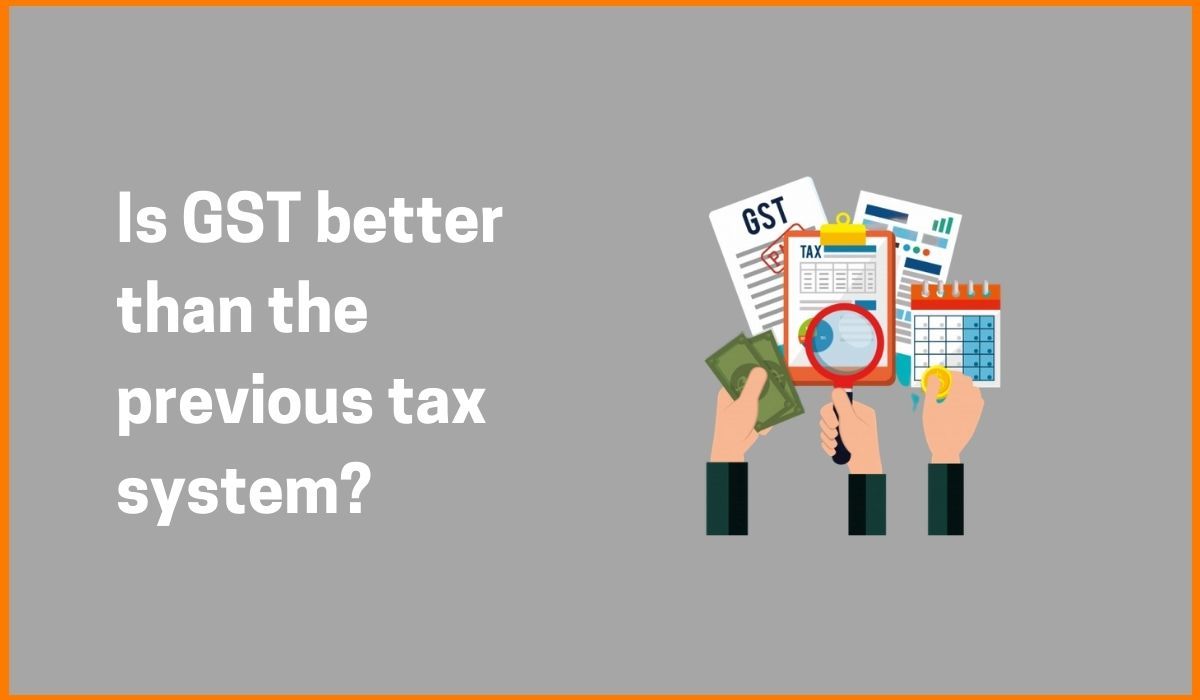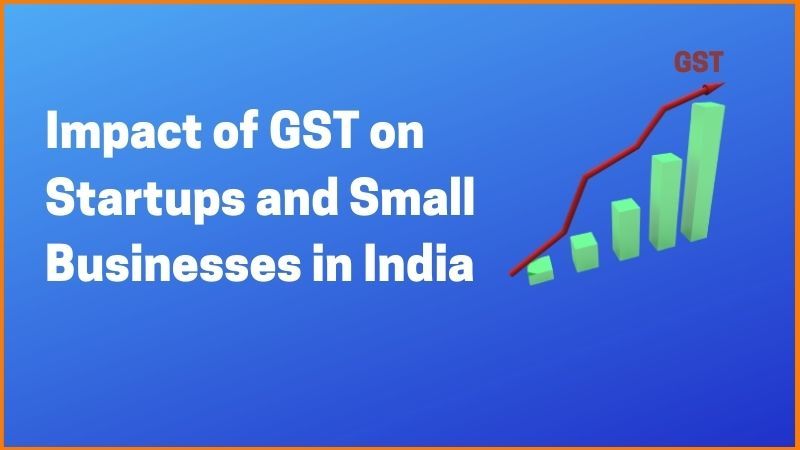GST Guide: Introduction, Compliance, Updates and Many More
register for GST
Goods and Services Tax(GST) has been introduced and implemented in India to reduce the anomalies caused by the previous tax system. GST, or Goods and Services Tax is a tax that customers have to pay when they purchase any goods or services, such as food, clothes, electronics, items of daily needs, transportation, travel, etc.
The concept of Goods and Services Tax is that it is an Indirect Tax, i.e., this tax is not directly paid by consumers to the government, but is rather levied on the manufacturer or paid by the production centres and the providers of services. The sellers add the tax expense into their costs, and the price the buyers pay is inclusive of GST. Therefore, in most cases, people end up paying a tax even if they are not an income taxpayer.
GST Guide
GST is levied on the basis of the destination principle. Exports would be zero-rated, and imports would attract tax in the same way as domestic goods and services.
Addition to the IGST in respect of the supply of goods, an additional tax of up to 1% has been proposed to be levied by the central government. The revenue from this tax system is to be assigned to the original states. It is proposed to be levied for the first two years or for a longer period, recommended by the GST Council.
It is predicted that the tax base will be comprehensive, as virtually all goods and services will be taxable, with minimum exemptions. GST would bring in a modern tax system to ensure efficient as well as effective tax administration. It will bring greater transparency and strengthen monitoring, thus making tax evasion difficult.
It is important for the industry to understand the impact and opportunities offered by this tax reform. GST will have effects on all industries, irrespective of the sector. It will impact the entire value chain of operations, manufacturing, distribution, warehousing, sales and pricing.

Items outside the purview of GST
There is a set of items which are not covered by GST. The following items are:
- Alcohol for human consumption is not covered under GST. On alcohol, the authority to tax remains with the states.
- GST was not imposed on five petroleum products like crude oil, diesel, petrol, natural gas and ATF.
- The Central Government, along with GST has the power to levy additional excise duty on tobacco products.
- The authority to decide entertainment tax levied by local bodies remains with the states.
- Even Electricity is out of the purview of GST.

GST Compliance Rating
The GST compliance rating is a rating given by the government to a business so that other businesses can review how compliant they are with the government tax department. This score will be calculated based on parameters such as timely filing of monthly and annual returns, furnishing details of input credits used, taxes paid, etc.
These scores will be updated at periodic intervals, and their details will be published in a public domain that all businesses can access. This allows small businesses to choose the most GST-compliant vendor for their business endeavours.
Under the previous tax system, businesses often delayed filing return and payment of taxes to gain time. Continuing this practice under GST will result in a delay in input tax credit across the chain and severely affect the working capital of businesses. The rating system will prevent the delay of credit for buyers due to the non-compliance of certain persons.
The Impact of GST on the Indian Economy
Following are the ways in which GST has a positive impact and will help improve the economy of India.
Reducing in tax burden for manufacturers which will encourage quality and more productivity. The earlier system of taxation was ill-structured with a magnitude of tax clauses which prevented the manufacturers from providing optimum production, hindering growth. However, GST after implementation will relieve manufacturers from those problems by issuing tax credit to manufacturers.
All the various tax difficulties that prevailed such as long queues at check posts and toll plazas, resulted in wastage of products which were being transported. A single GST taxation system will surpass all these hurdles and prevent unnecessary wastage which caused huge losses in costs for supplies.
A common consumer will know how much taxes they are charged and on what grounds, which will pave way for a just and transparent tax system.
The extension in the tax base under GST will be compounded to the revenue of the government.
When the taxes are paid by producers for the supply of goods or services, GST will provide a tax credit. This feature will encourage producers in purchasing the raw materials from any of the registered dealers which will eventually gather all the vendors and suppliers under the GST roof.
Customs duties which were applicable to the export of items will be removed and it will increase the competitiveness of the exporters to be at par with foreign markets.

Benefits of GST
GST eliminates the cascading effect
GST is an indirect tax that was designed to bring indirect taxation under one roof. More significantly, it is going to eliminate the cascading effect of tax that was evident earlier.
Composition scheme for small businesses
Under GST, small businesses (with a turnover of around Rs 20 to 75 lakhs) can benefit as it gives an option to lower taxes by using the Composition scheme. This step has brought down the tax and compliance burden on many small businesses.
The unorganized sector is regulated under GST
In the pre-GST period, it was often seen that certain industries in India like construction and textile were largely unregulated and unorganized.
However, under GST, there are provisions for online compliances and payments, and for availing of input credit only when the supplier has accepted the amount. This has brought in accountability and regulation to the businesses.
Higher threshold for registration
In the VAT system, any business with a turnover of more than Rs 5 lakh was liable to pay VAT. Also, note that this limit differed state wise. Under the GST regime, this threshold has been increased to Rs 20 lakh, which exempts many small businesses and service providers.
Wrap Up
Change is necessary but definitely never easy. The government is trying to smoothen the path to GST. It is important to take a leaf from global economies that have implemented GST before us, and who overcame the teething troubles to experience the advantages of having a unified tax system and easy input credits.





